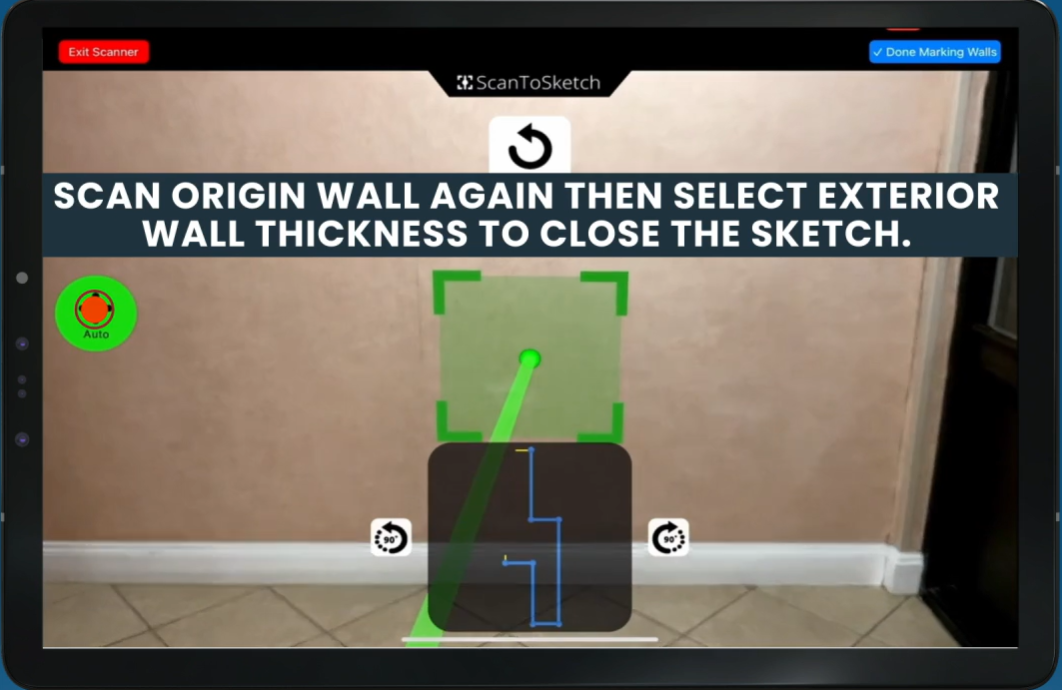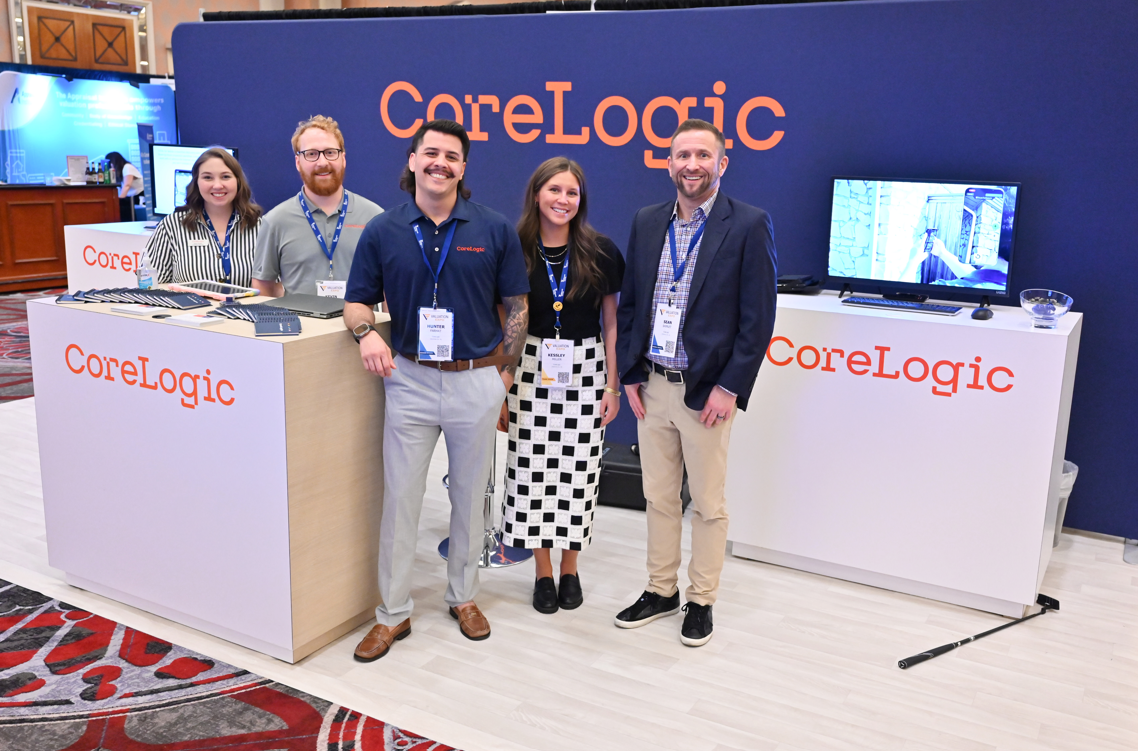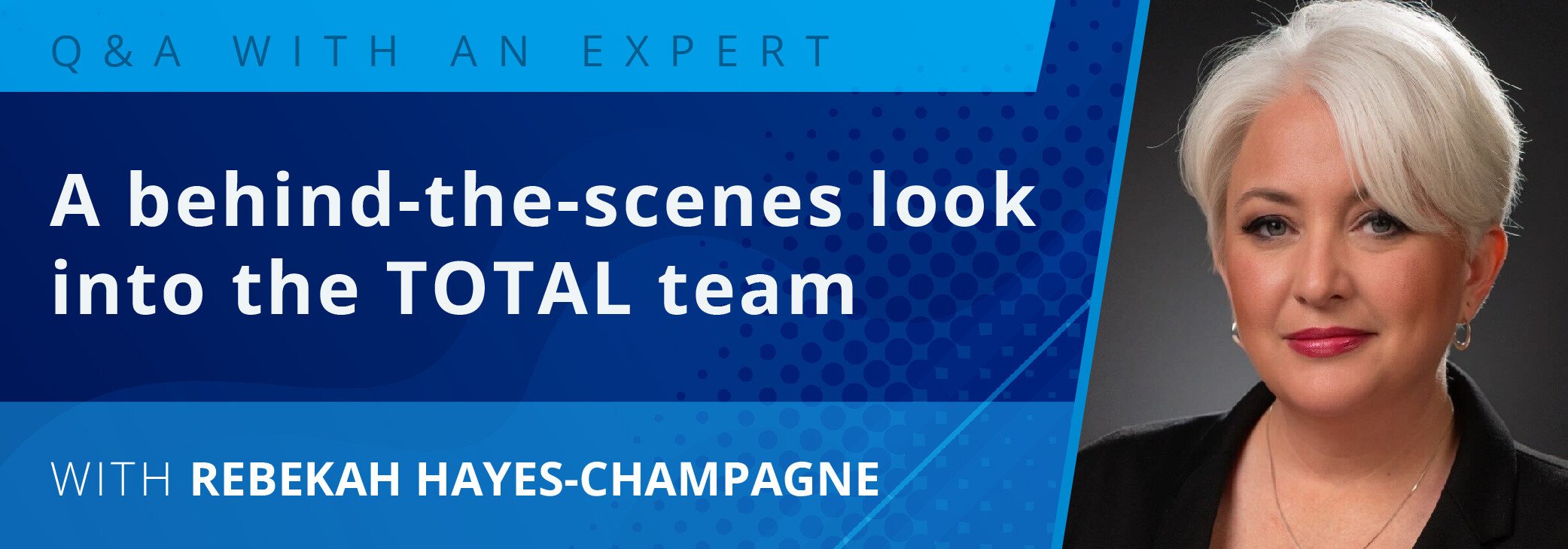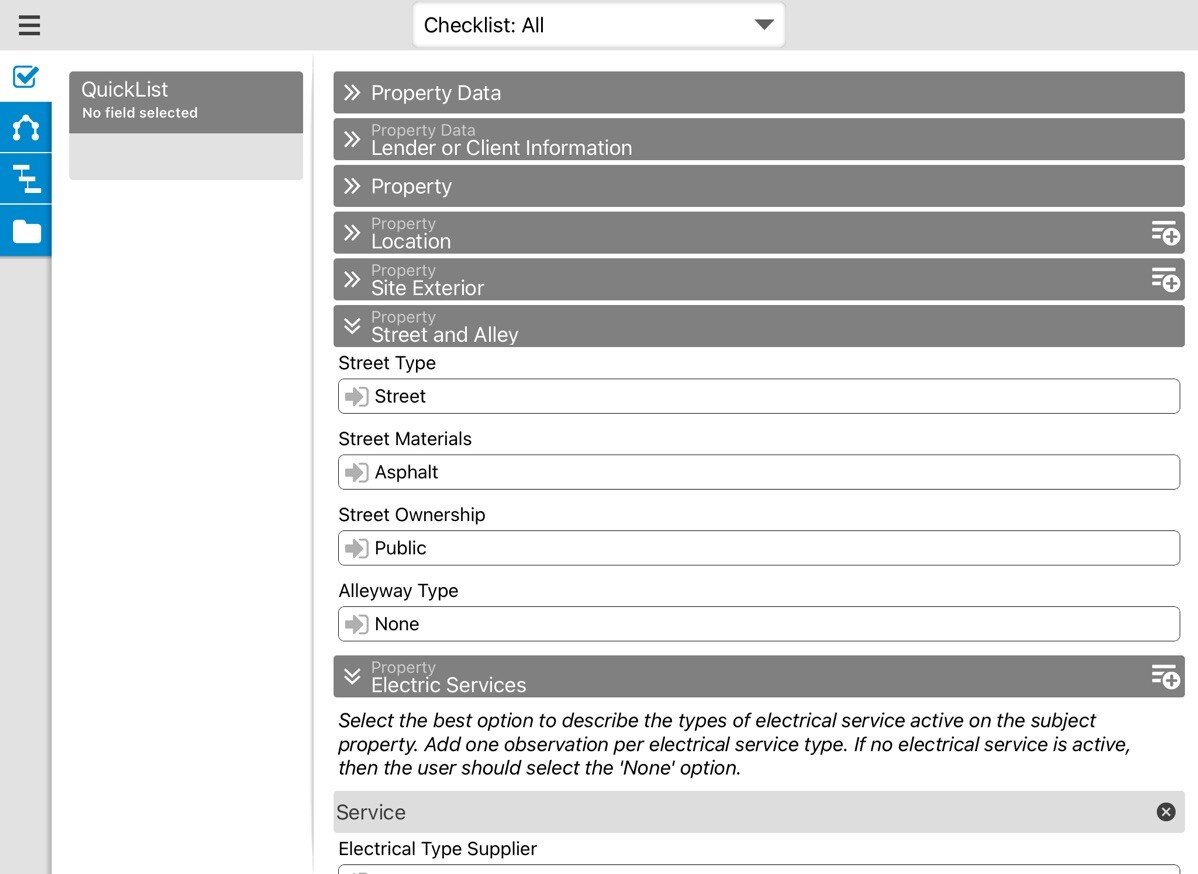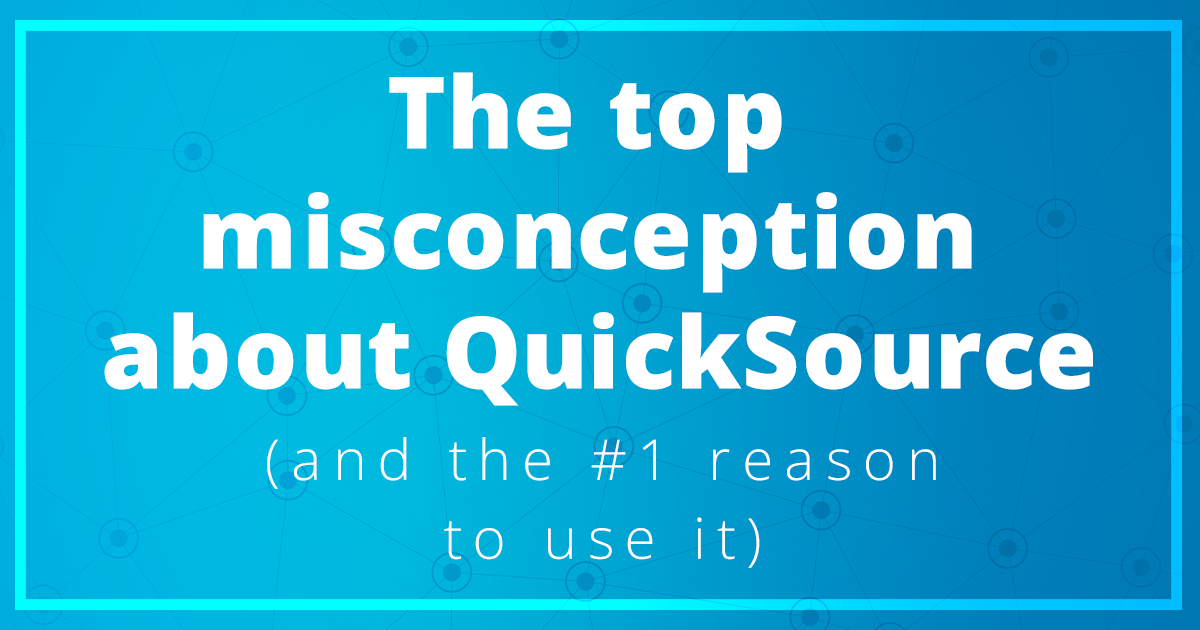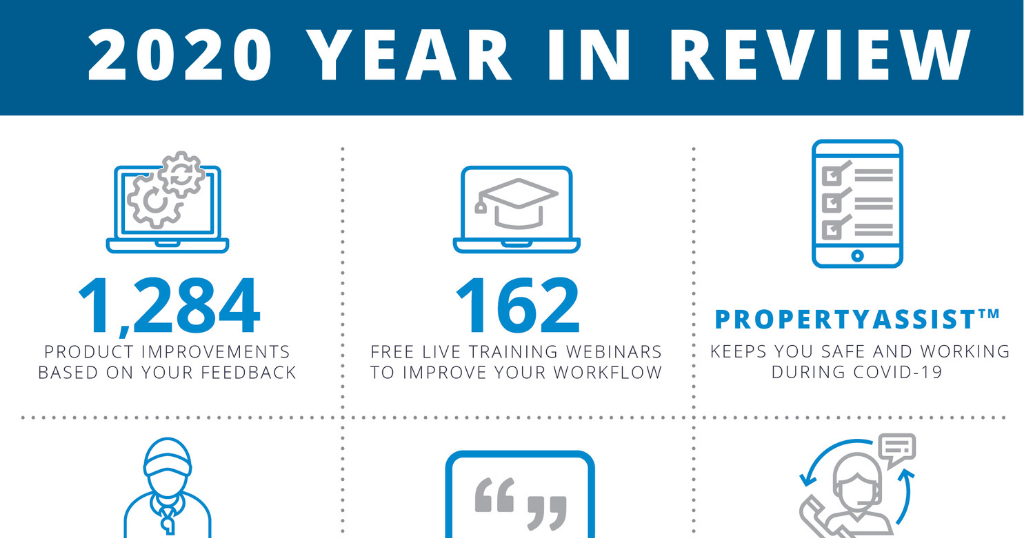Fannie Mae released its proposed new 1004 form last week, as you probably heard from us (or from someone who heard from us). Those of you who have gone over it have tended to not like what you see, though you’ve identified some positives.
First, we need to mention that in our extra! e-newsletter letting you know the forms were available we may have inadvertently conveyed the impression that a la mode was involved in developing the forms with Fannie Mae. No form filling software developer or other technology vendor is more involved than any other in the testing, evolution and final release of a new Fannie form. The reason WinTOTAL users get new forms weeks before users of other software has to do with our size, resources, and “drop everything” commitment to getting appraisers the tools they need to do their work, not any kind of “in” we have with Fannie Mae, Freddie Mac or anybody else.
We wish Fannie would consult us and other form vendors, as well as more appraisers, in the design of new forms. Other institutional players do, and better forms are produced that better serve the needs of appraisers and clients alike because we’re involved.
Turning to the new URAR and new companion forms 1004B and 1004D, which you can find at these links on Fannie Mae’s website (click here for: 1004, 1004B, 1004D), the concerns we’ve heard most often from appraisers are:
- The new 1004 eliminates too much narrative space and replaces it with uniform checkboxes and such;
- There is a perceived effort on the part of Fannie Mae to make the appraiser liable for fraud which may be beyond his or her control; and
- The form requires appraisers to be Fannie’s “detectives,” rooting out information to make underwriting decisions that goes beyond an opinion of value.
Narratives to checkboxes – According to one appraiser’s line-by-line analysis of the new form, more than half the subject property description and market analysis fields have been deleted in order to move a shrunken Sales Comparison Approach section to page one of the form. There are five lines provided to “provide an analysis of the listing history of the subject property and the sale or transfer history for subject property and each of the comparable sales.” Virtually any detailed descriptions of the subject or anything else will have to be produced in addenda, and there is concern that reviewers and underwriters don’t read the addenda as it is. De-emphasizing narrative has inevitably led to a concern that the new form is more useful in automated valuation databases than the old. (Maybe they’ll talk about this at the Predictive Methods Conference – see story to right.)
Unacceptable practices – the new 1004B requires the preparing appraiser to certify and agree that 18 items are true with respect to the appraisal, among them: “I acknowledge that any intentional or negligent misrepresentation(s) contained in the appraisal report may result in civil liability and/or criminal penalties including, but not limited to, fine or imprisonment or both under the provisions of Title 18, United States Code, Section 1001, et seq., or similar state laws.” Beyond speculation as to what signing that and certifying 17 other things might do to E&O rates, it’s still true that the mortgage broker or loan officer doesn’t have to sign anything with this kind of meat on it. And as we’ve been in the lead in trying to tell people and the media, no appraiser inflates a value on his or her own.
Detective agency – The new URAR requires the appraiser to check “yes” or “no” to the question: “are the prior sales or transfers of the subject property and/or the comparable sales arm’s length transactions?” This is something any responsible appraiser considers, but in reality, especially with regard to the comps, it’s almost always impossible to tell for sure. And there is no “don’t know” box. The new form also requires the appraiser to verify the current ownership of record of the subject in a purchase money transaction. A responsible appraiser will want to verify this at the county, but depending how friendly the person who answers the phone at the recorder of deeds is and how outlying the county is, this could be a burden. And it’s not lost on appraisers that in purchase money transactions, a title report and commitment are almost always ordered – from people who are paid to research the title history of the property.
Even with all the criticism, there has been a sense among a number of appraisers that making the cost and income approaches “optional” on the new URAR – provided this can be reconciled with USPAP – is a good thing. Every silver lining has a cloud, though: There is concern that the elimination of the two approaches might lead lenders, and especially management companies, to cut appraisal fees. However, it seems to us the extra certifications and research more than makes up for the time “saved” from not doing the cost or income approach.
WinTOTAL users with support memberships will have the new test forms available soon. (Remember that these new forms are not required, they’re out for testing and comment only. You are allowed to use them on Fannie-secured loans from now till June 1, 2005.) In the meantime – before we can act on your suggestions of how to make the WinTOTAL versions of the forms easier to use – Fannie Mae wants to hear your comments on the forms. Submit comments directly to Fannie Mae to test_appraisal_forms@fanniemae.com or by regular mail addressed to Fannie Mae, Test Appraisal Forms, 3900 Wisconsin Avenue, NW, Mail Stop 2H-4S-08, Washington, DC 20016, no later than September 15, 2004.


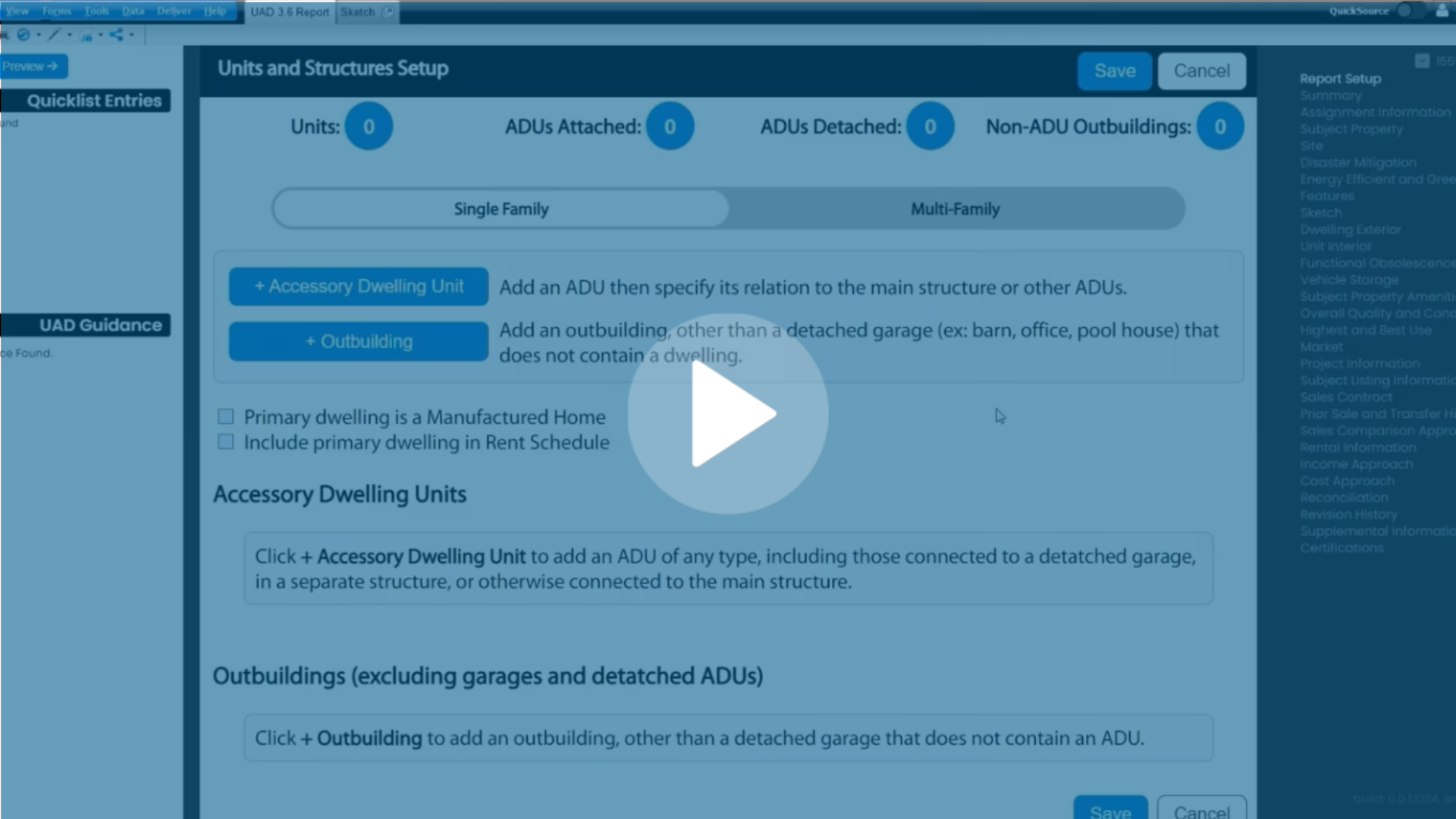
.png)

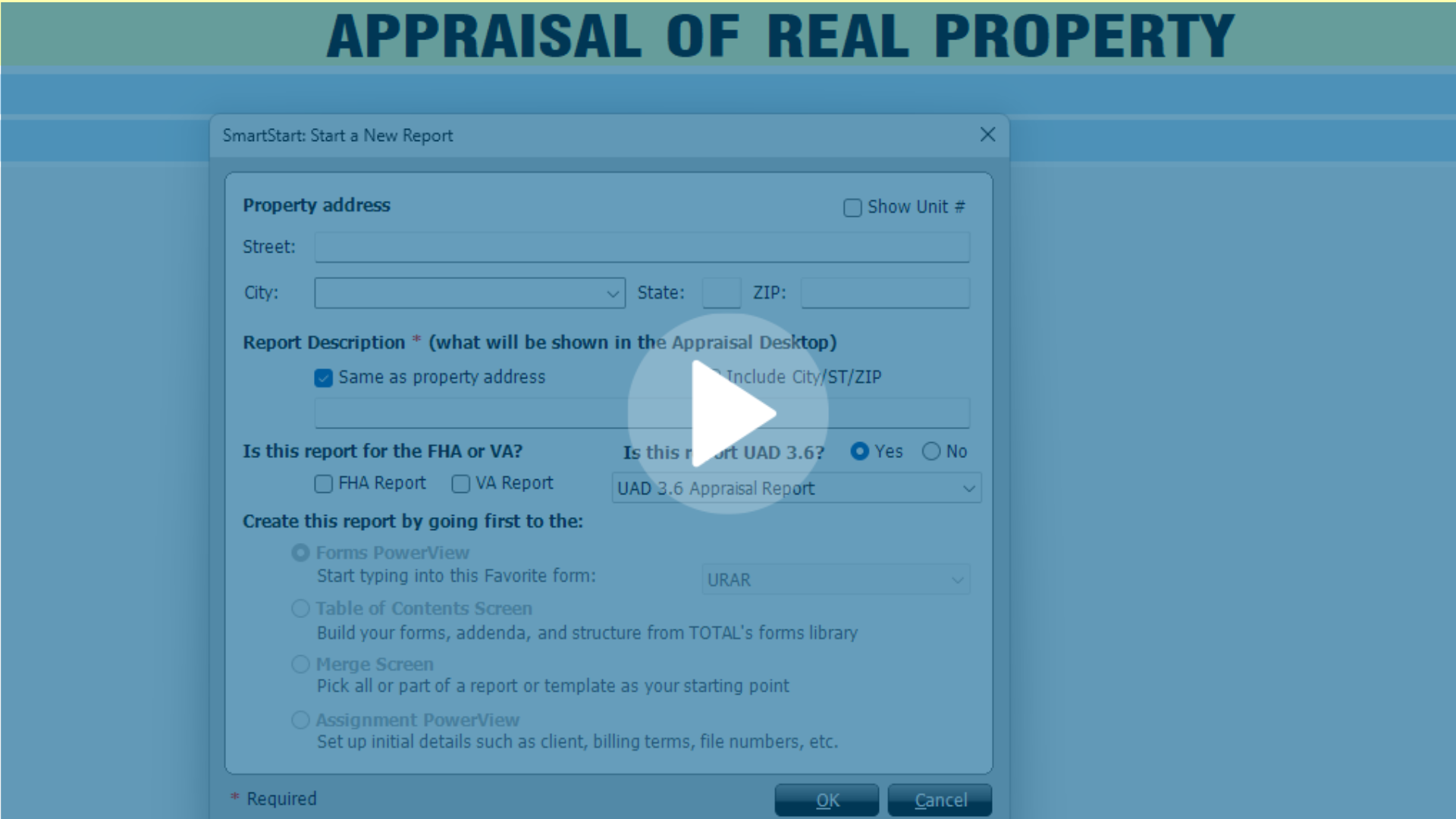
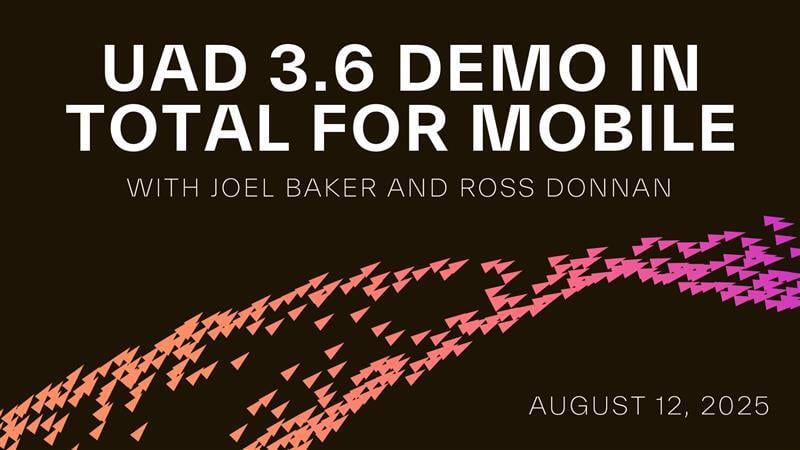

.png)
-1.png)
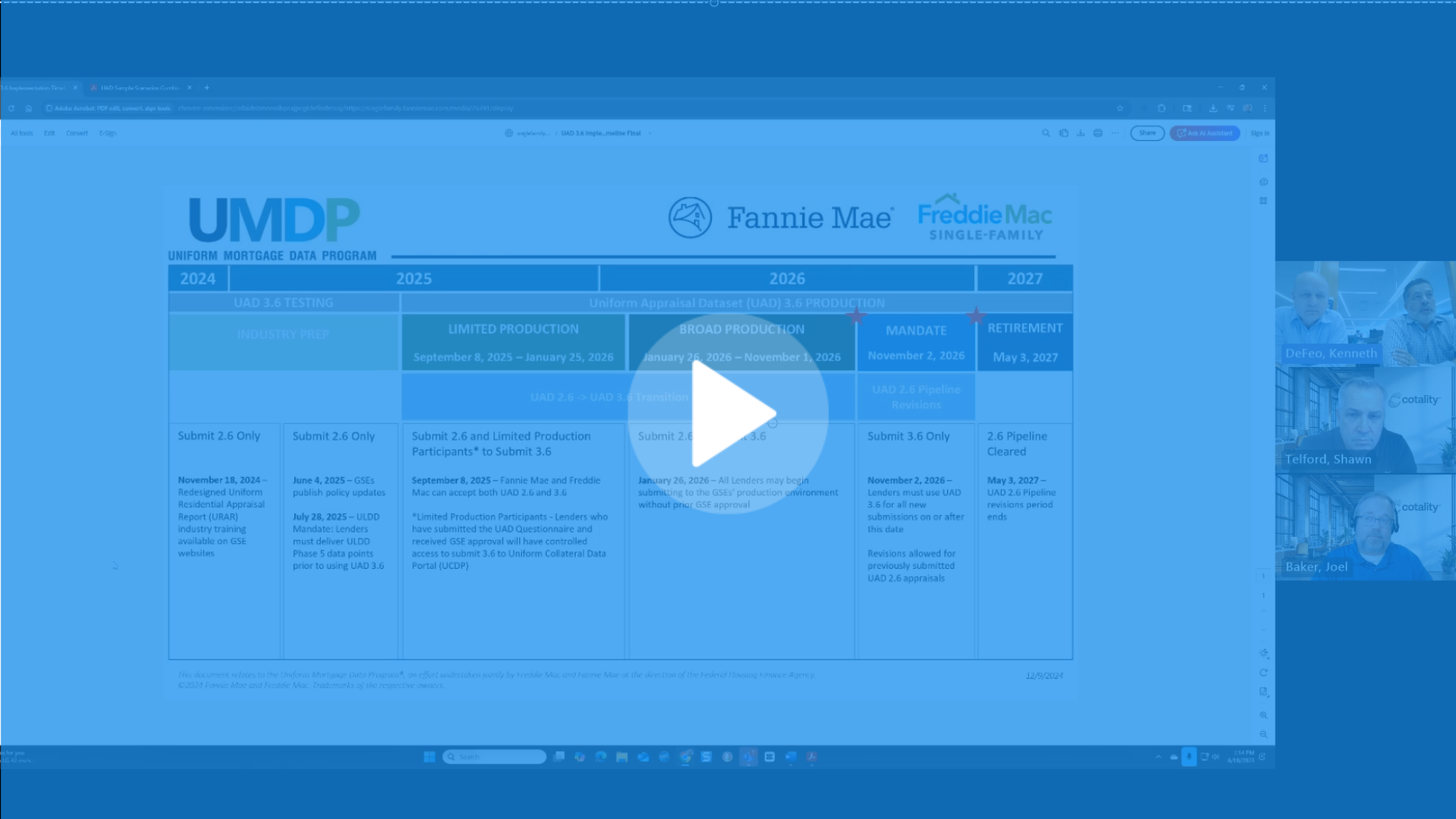
.png)
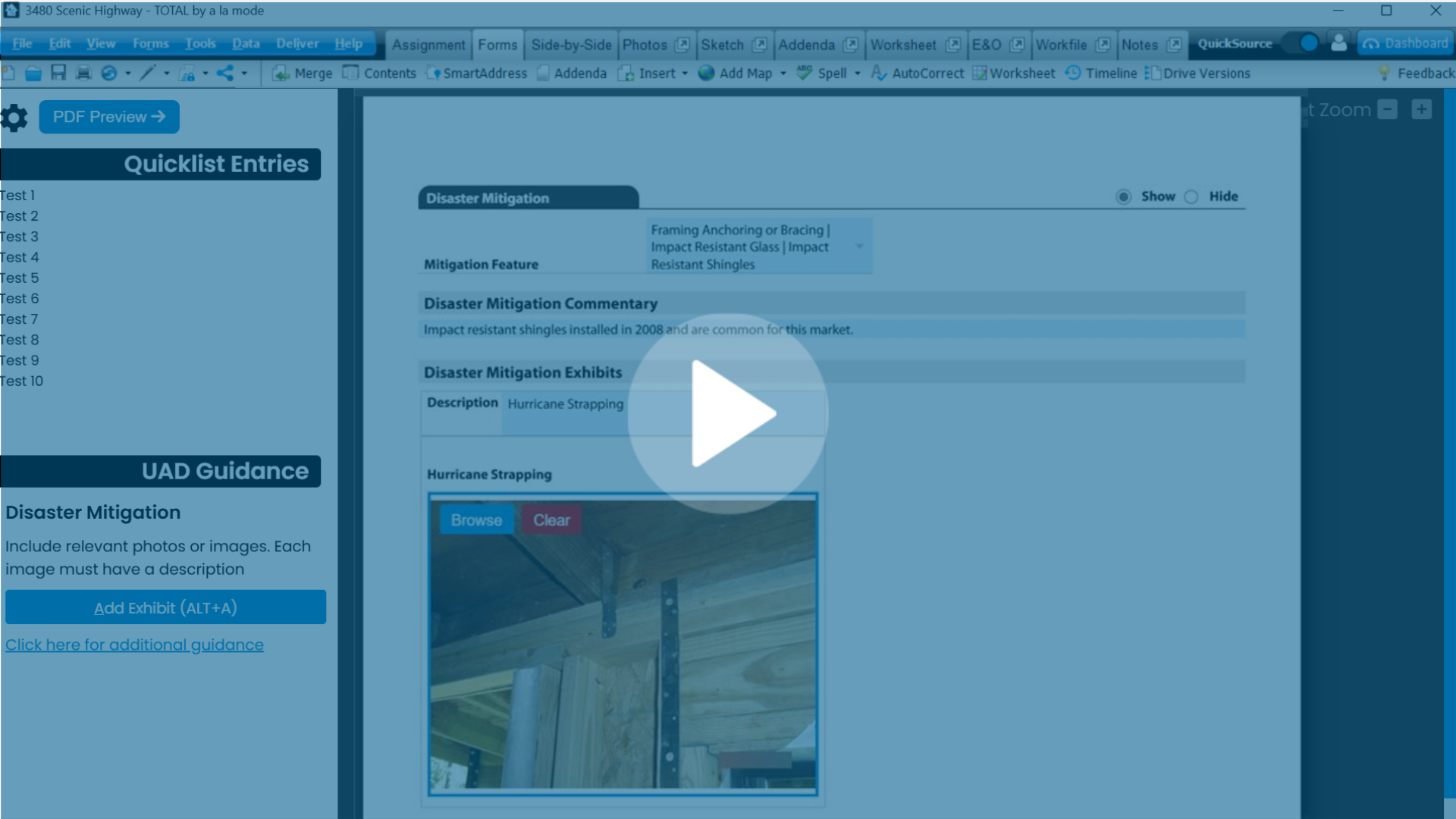
.png)
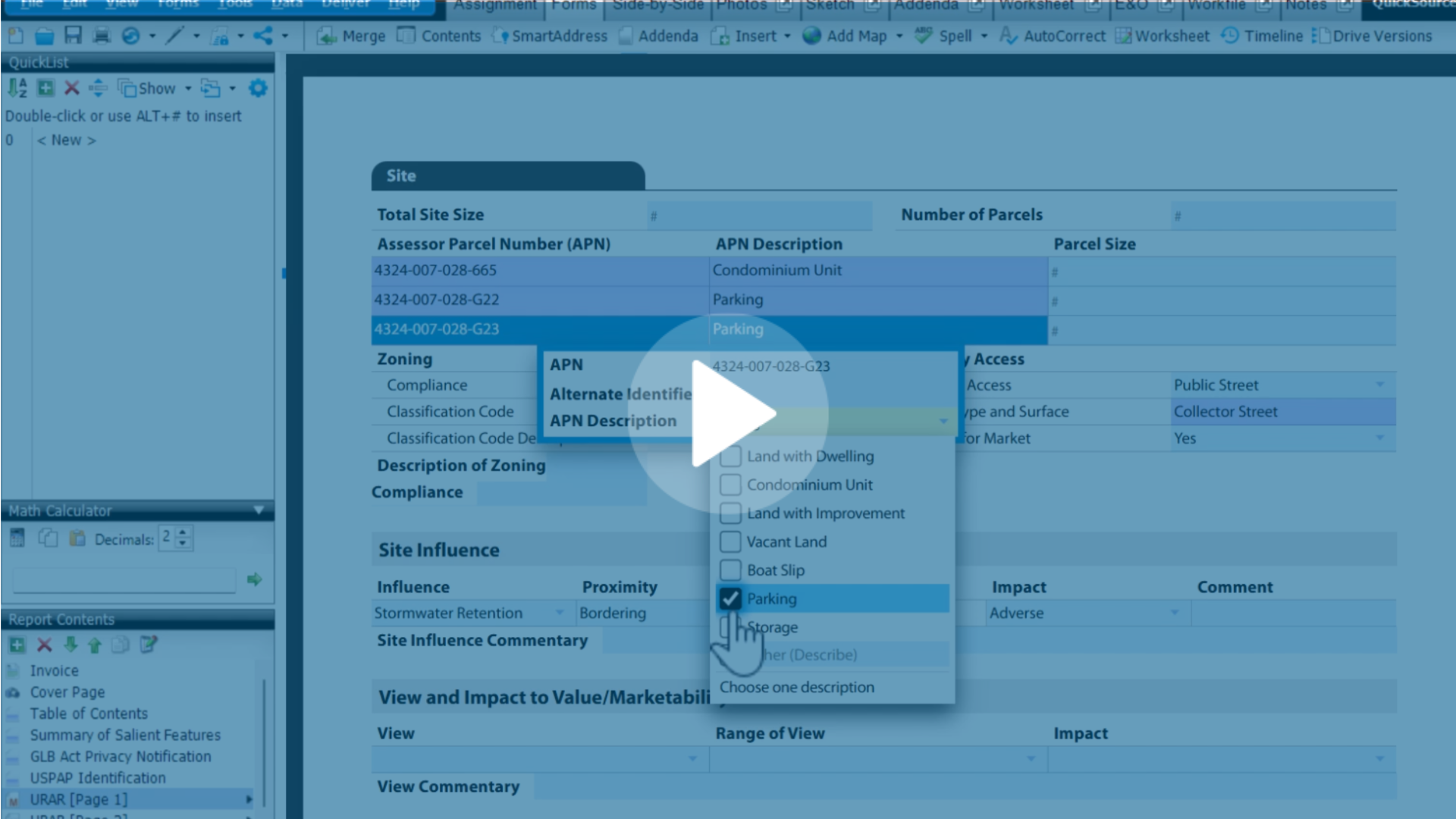
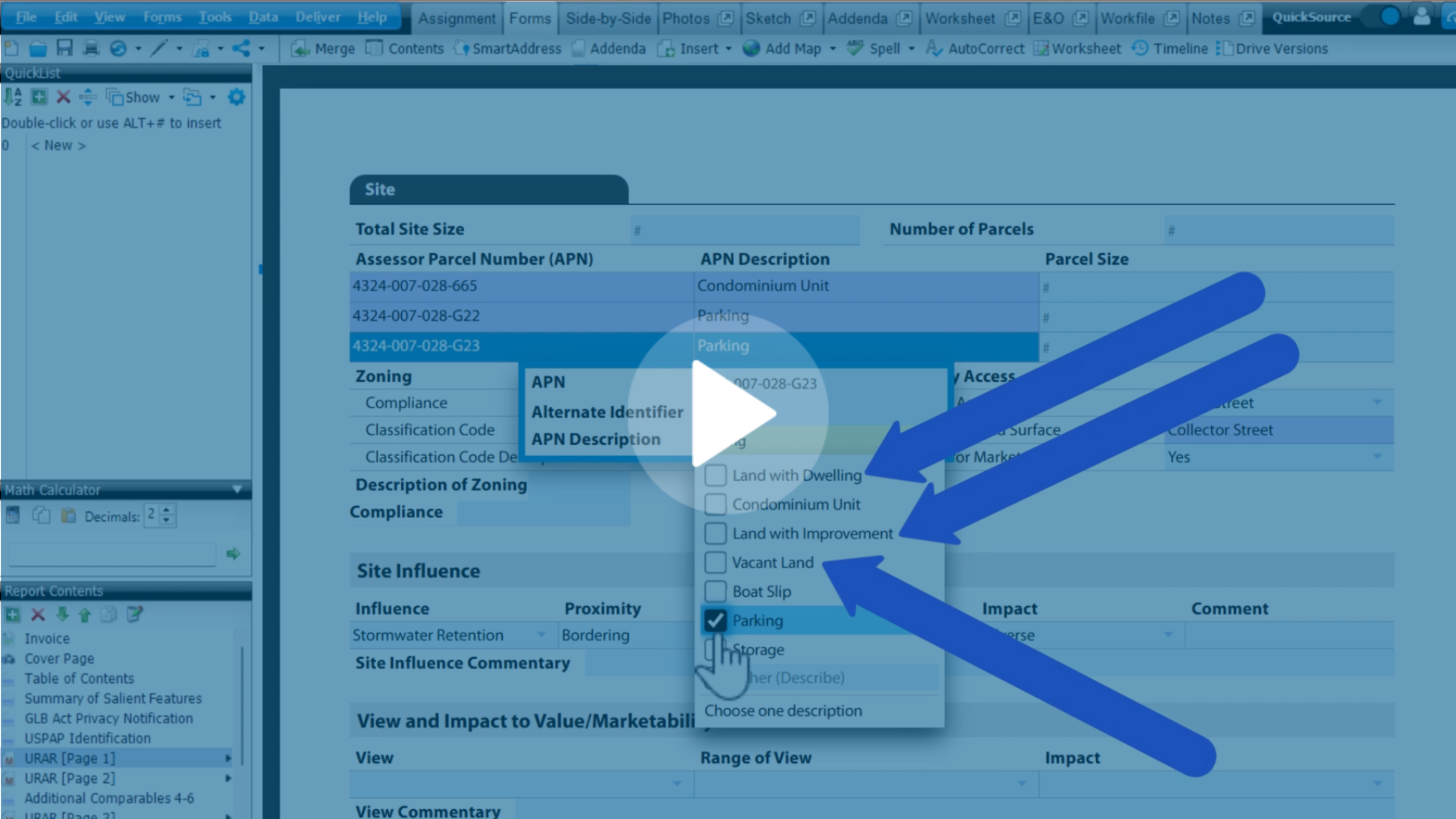
.png)
.png)
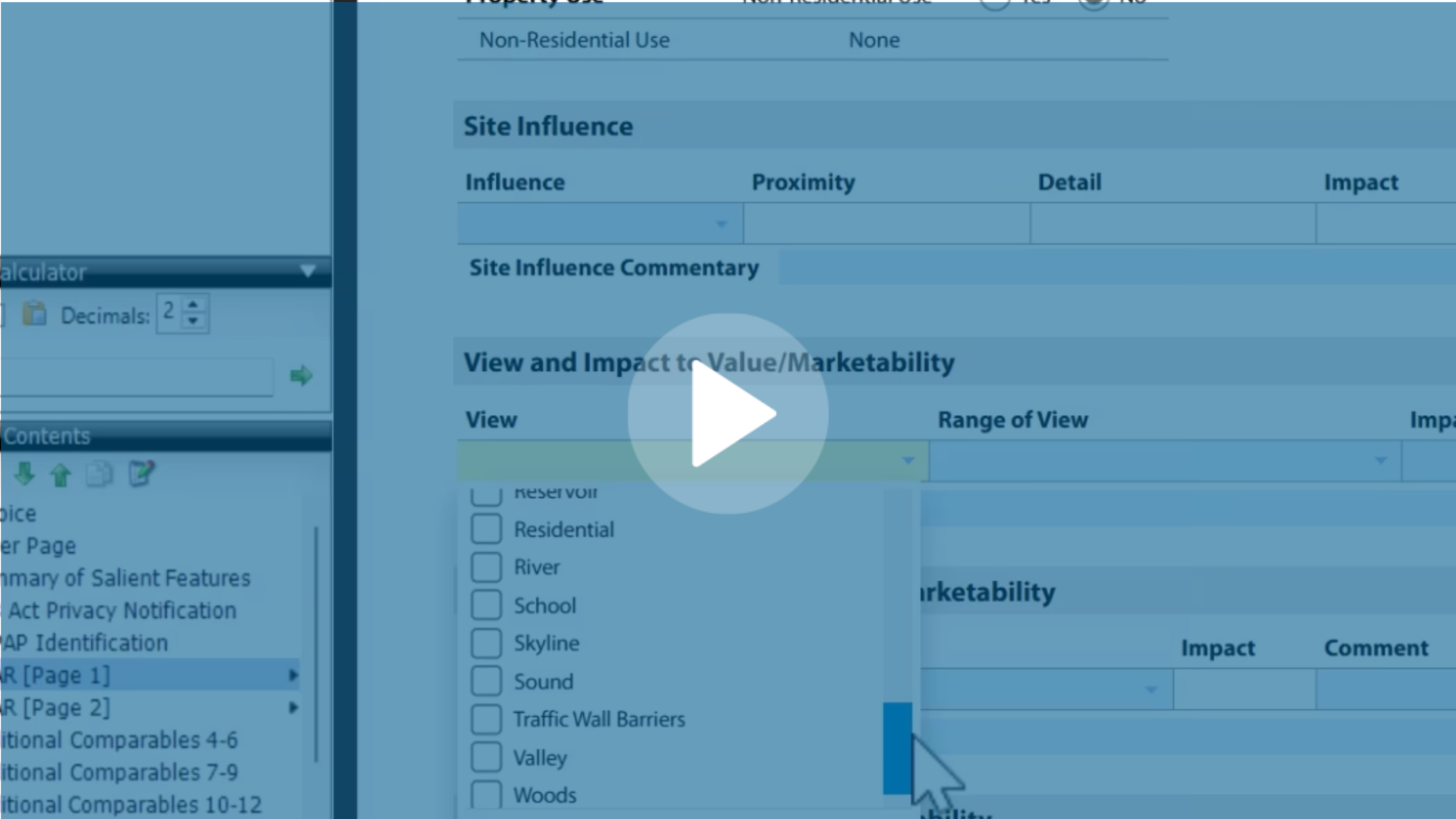
.jpg)
.png)
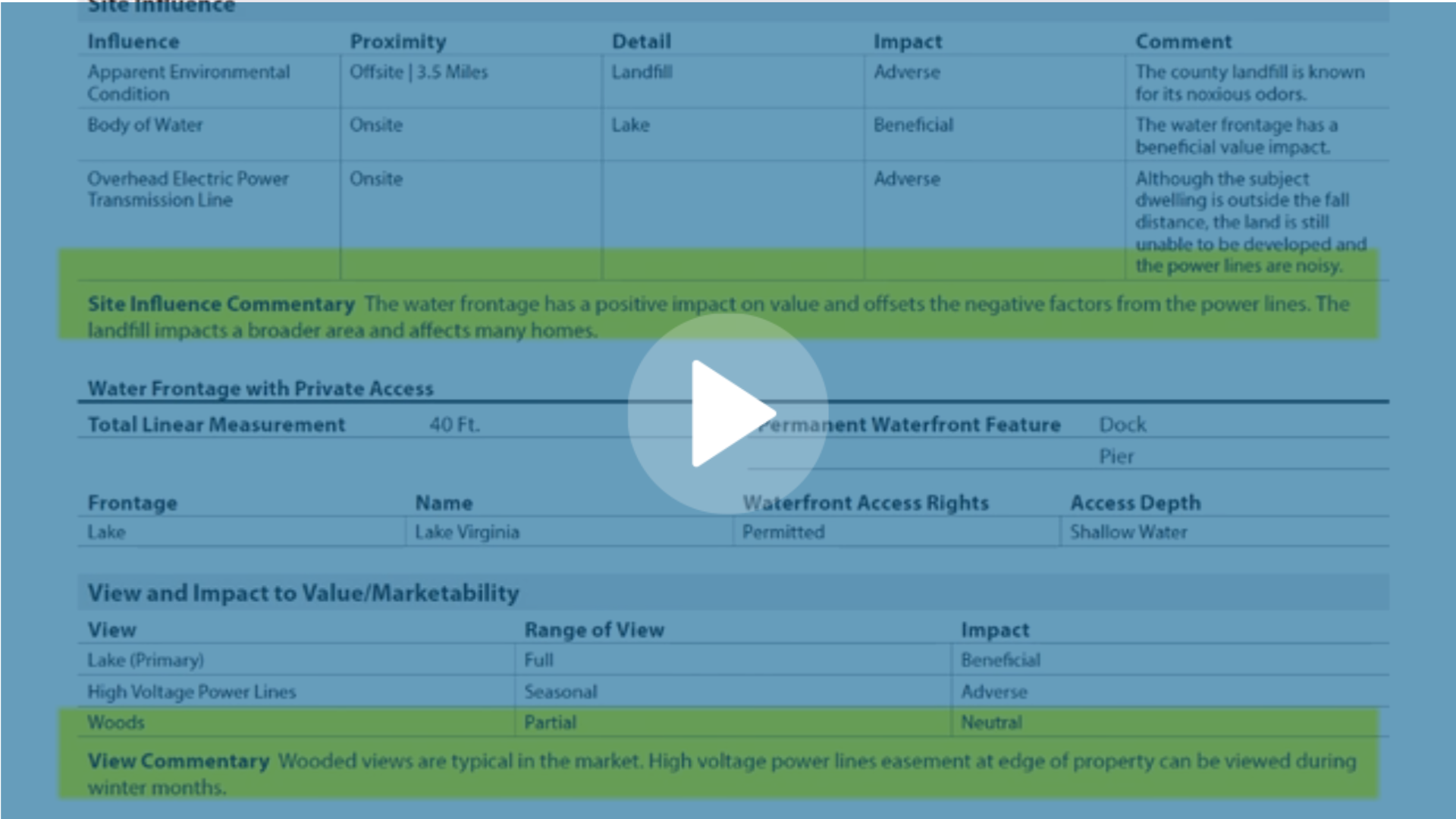
-1.png)



